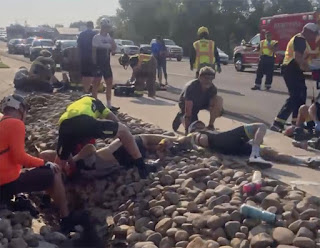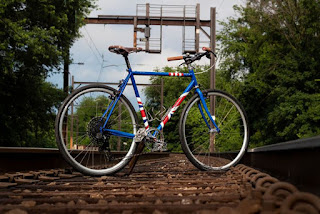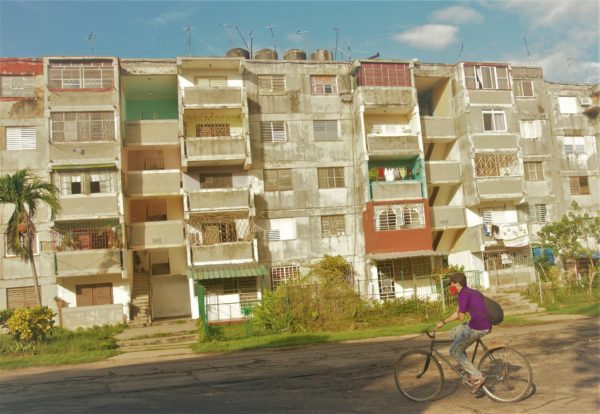If you've been reading this blog for a while, you know that I'm critical, sometimes even cynical, about bicycle-related laws--especially when they are presented as being in the interest of "safety."
So when I heard that a new law is to take effect 1 July in Virginia, I thought, "What now?"
According to the new law in Old Dominion, drivers are required to change lanes when passing cyclists unless the lane is "very wide." It also stipulates that two cyclists are allowed to ride abreast of each other if a single is approaching. These rules apply only to regular streets and roads; when cyclists are in a designated bike lane, neither they nor drivers will need to do anything different from what they do now.
It will be interesting to see the effects of this new law. I think requiring cars to move over makes sense, but I wonder about cyclists riding next to each other with trucks passing at 50 or more MPH. If cycling in Virginia (which I haven't done) is anything like cycling in Florida (of which I've done a fair amount), the scenario I described wouldn't be uncommon, especially in rural and other remote areas, where the only road might be a county or state road.
What those commenters don't seem to realize is that today, a greater number of cyclists than ever are pedaling for transportation, and not solely for recreation. The new law--at least part of it--seems to show some cognizance of that fact.



































